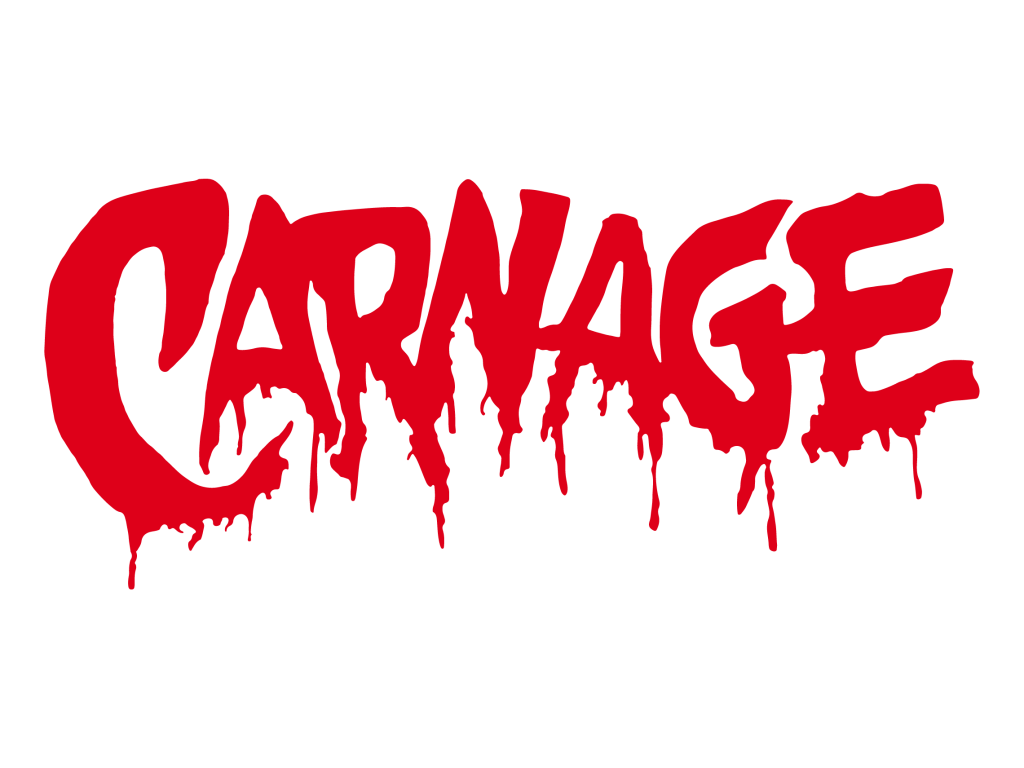Download top and best high-quality free Carnage PNG Transparent Images backgrounds available in various sizes. To view the full PNG size resolution click on any of the below image thumbnail.
License Info: Creative Commons 4.0 BY-NC
Carnage refers to a state of severe destruction and bloodshed resulting from a violent event, particularly in a battle, riot, or accident. It implies the presence of a large number of casualties, extensive damage to property, and widespread chaos. The term typically conveys a sense of horror, tragedy, and despair, as it involves the loss of human life and the rupture of social order. The concept of carnage has been a recurrent theme in human history since ancient times, as wars, natural disasters, and social conflicts have caused massive devastation and suffering.
The Causes of Carnage
Carnage can be caused by a variety of factors, such as:
- Armed conflicts: Wars, insurgencies, and armed struggles can produce a high number of casualties and destruction, as rival factions engage in combat or target civilians. Examples of notable carnages include the World War II, the Vietnam War, and the Syrian Civil War.
- Terrorist attacks: Acts of terrorism, such as bombing, shootings, and hijackings, aim to cause carnage among innocent people, as well as to spread fear and chaos. Events like the 9/11 attacks, the Madrid train bombing, and the Mumbai attacks have resulted in large-scale carnage.
- Natural disasters: Earthquakes, hurricanes, tsunamis, and other natural calamities can cause carnage by destroying buildings, infrastructure, and communities, as well as by triggering secondary effects like landslides, floods, and fires. Examples of deadly carnages caused by natural disasters include the 2004 Indian Ocean tsunami, the 2010 Haiti earthquake, and the 2011 Tohoku earthquake and tsunami in Japan.
- Accidents: Industrial accidents, transportation accidents, and other kinds of mishaps can lead to carnage by causing massive casualties and property damage. Examples of such events include the Chernobyl disaster, the Bhopal gas tragedy, and the Fukushima Daiichi nuclear disaster.
The Effects of Carnage
Carnage has profound effects on individuals, societies, and the world at large. Some of these effects are:
- Pain and suffering: Carnage causes immense physical and emotional pain to the victims and their families, as they have to cope with injuries, trauma, and loss. The toll of carnage on mental health can be long-lasting and severe, leading to conditions like post-traumatic stress disorder, anxiety, and depression.
- Disruption of social order: Carnage disrupts the normal functioning of societies, as it creates chaos, panic, and fear among people. It can lead to the breakdown of law and order, the displacement of populations, and the erosion of trust in institutions.
- Economic damage: Carnage can cause significant economic damage by destroying infrastructure, businesses, and assets, as well as by reducing productivity and disrupting trade. The cost of reconstruction and recovery can be enormous and burdensome for governments and communities.
- Potential for further violence: Carnage can escalate tensions and trigger retaliatory actions, creating a cycle of violence and revenge. It can fuel extremist ideologies, radicalization, and nationalism, as well as undermine the prospects for peace and reconciliation.
The Ethics of Carnage
Carnage raises important ethical questions about the use of force, the protection of civilians, and the responsibility of actors involved in violent events. Some of these questions are:
- Is there a moral justification for causing carnage in order to achieve political goals or defend oneself from aggression?
- What is the role of international law in preventing and punishing carnage, particularly in the context of war crimes, crimes against humanity, and genocide?
- How can humanitarian actors best offer assistance to the victims of carnage, and what are the ethical challenges of such interventions?
- What is the responsibility of governments, armed groups, and other actors in preventing carnage and mitigating its effects, and how can they be held accountable for their actions?
The Prevention of Carnage
Preventing carnage requires a multi-faceted approach that involves political, diplomatic, and humanitarian efforts. Some of the key strategies are:
- Peacebuilding and conflict resolution: Addressing the root causes of violence and promoting dialogue, negotiation, and compromise can prevent carnage by reducing the likelihood of armed conflict and violence.
- Law enforcement and accountability: Strengthening the rule of law, promoting human rights, and holding perpetrators accountable for their actions can prevent carnage by deterring violence and punishing crimes.
- Disaster preparedness and response: Preparing for natural disasters and other emergencies, as well as responding promptly and effectively to them, can prevent or minimize carnage by saving lives and reducing damage.
- Humanitarian assistance and protection: Providing assistance, protection, and care to the victims of carnage can alleviate their suffering and prevent further harm. This requires access and support from governments, donors, and civil society organizations.
Carnage is a devastating phenomenon that reflects the worst aspects of human nature and the consequences of violence and conflict. However, it also presents opportunities for reflection, learning, and action, as it highlights the urgent need for peace, justice, and compassion. By understanding the causes, effects, ethics, and prevention of carnage, we can contribute to building a more peaceful and resilient world, where human dignity and security are respected and protected.
Download Carnage PNG images transparent gallery
- Carnage PNG Images HD
Resolution: 300 × 300
Size: 103 KB
Image Format: .png
Download
- Carnage PNG Images
Resolution: 1024 × 768
Size: 53 KB
Image Format: .png
Download
- Carnage PNG Photo
Resolution: 177 × 400
Size: 36 KB
Image Format: .png
Download
- Carnage PNG Photos
Resolution: 496 × 725
Size: 344 KB
Image Format: .png
Download
- Carnage PNG Pic
Resolution: 1600 × 2432
Size: 3503 KB
Image Format: .png
Download
- Carnage PNG Picture
Resolution: 640 × 480
Size: 205 KB
Image Format: .png
Download
- Carnage PNG
Resolution: 288 × 346
Size: 103 KB
Image Format: .png
Download
- Carnage Transparent
Resolution: 720 × 1050
Size: 728 KB
Image Format: .png
Download
- Carnage
Resolution: 800 × 800
Size: 368 KB
Image Format: .png
Download
- Carnage No Background
Resolution: 1280 × 1280
Size: 401 KB
Image Format: .png
Download
- Carnage PNG Clipart
Resolution: 512 × 512
Size: 155 KB
Image Format: .png
Download
- Carnage PNG Cutout
Resolution: 230 × 400
Size: 33 KB
Image Format: .png
Download
- Carnage PNG File
Resolution: 651 × 326
Size: 19 KB
Image Format: .png
Download
- Carnage PNG Free Image
Resolution: 800 × 1000
Size: 407 KB
Image Format: .png
Download
- Carnage PNG HD Image
Resolution: 1000 × 1000
Size: 723 KB
Image Format: .png
Download
- Carnage PNG Image File
Resolution: 1280 × 720
Size: 584 KB
Image Format: .png
Download
- Carnage PNG Image HD
Resolution: 744 × 1564
Size: 918 KB
Image Format: .png
Download
- Carnage PNG Image
Resolution: 455 × 341
Size: 161 KB
Image Format: .png
Download

















